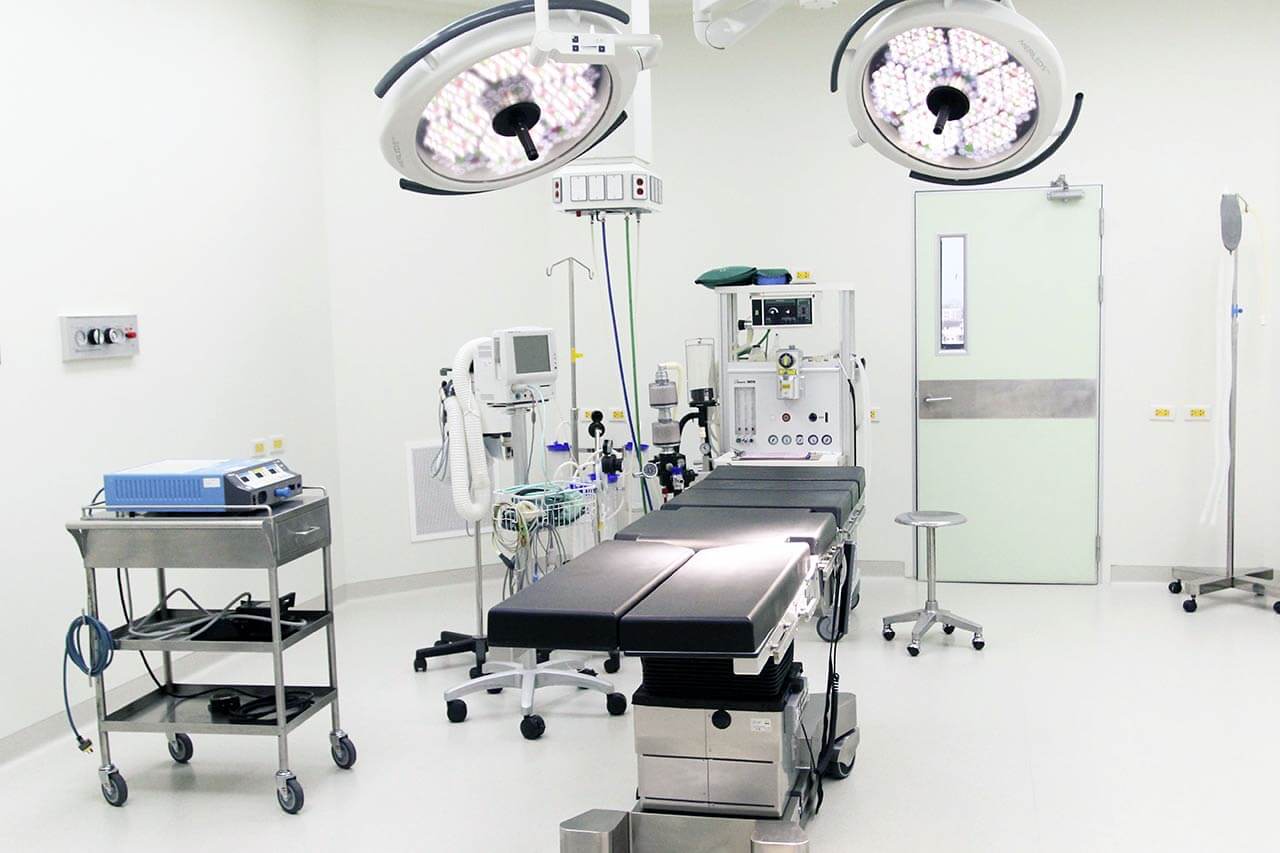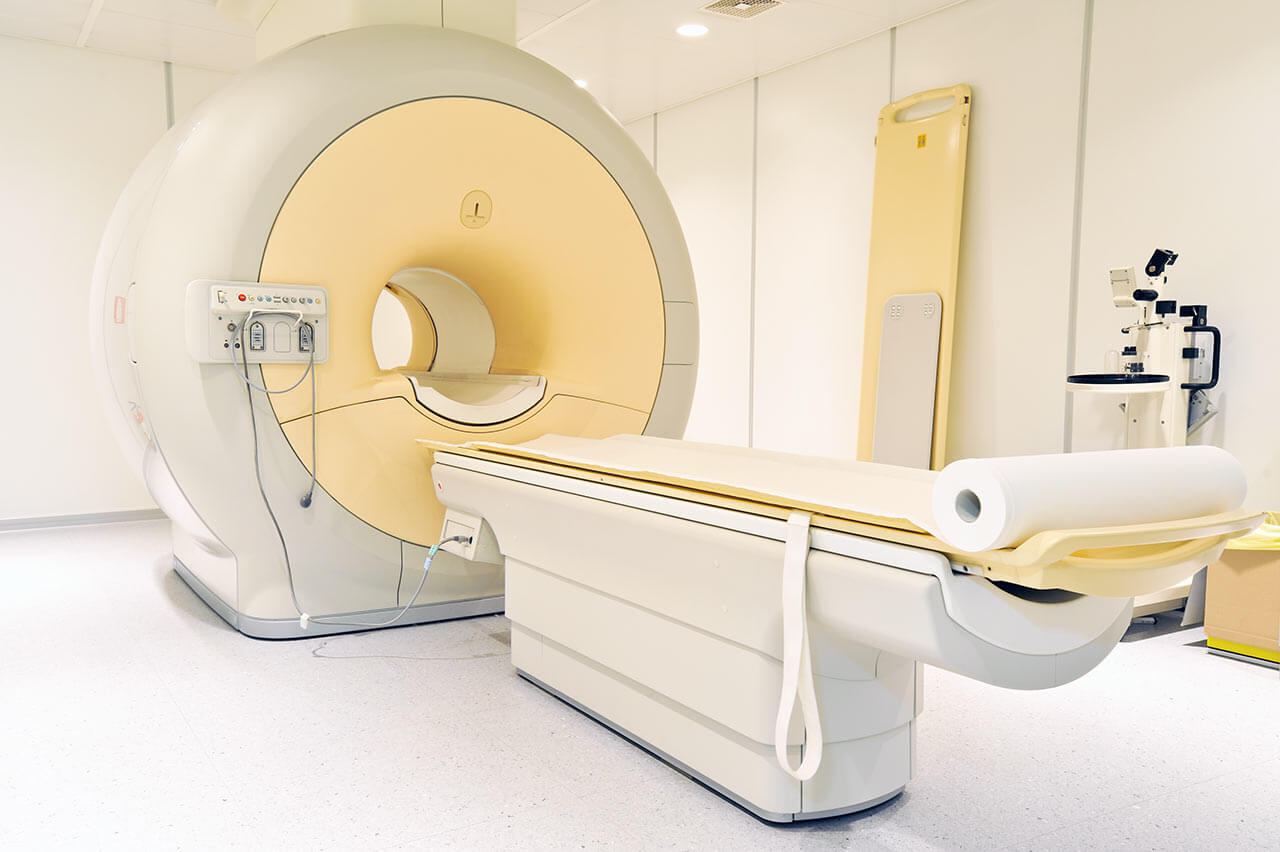
The program includes:
- Initial presentation in the clinic
- clinical history taking
- review of medical records
- physical examination
- X-ray of hip joint
- CT/MRI scan (on indication 650/1200 €)
- nursing services
- consultation of related specialists
- consultation of the chief physician and all leading experts
- development of individual treatment plan
Required documents
- Medical records
- X-ray examination, MRI/CT scan (if available)
Service
You may also book:
 BookingHealth Price from:
BookingHealth Price from:
About the department
The Department of Pediatric Orthopedics at the Hospital Schwabing Munich offers all the options of modern medicine for the diagnostics and treatment of the full range of musculoskeletal diseases in children. The department's specialists provide effective conservative and surgical treatment of diseases of the bones, joints, muscles and tendons. The department's medical team cooperates closely with doctors from a variety of medical disciplines, including pediatricians, pediatric neurologists, oncologists, pediatric surgeons and neurosurgeons. The department is headed by Dr. med. Maya Salzmann.
The main goal of the clinical activities of the department's specialists is the successful treatment of the musculoskeletal diseases to eliminate pain syndrome, restricted mobility and, accordingly, ensure a decent quality of life. Each clinical case is considered on an individual basis, and each treatment regimen is developed taking into account the particular clinical indications of a young patient. The department has created all conditions for the child to make him feel as comfortable as possible during treatment.
The team of pediatric orthopedists is proud of its successful experience in the treatment of hip dysplasia, which is one of the most common congenital disorders in children. The main diagnostic method for this malformation is ultrasound scanning. It can be performed even at the stage of prenatal development. As in the case of other diseases, early detection makes it possible to completely get rid of the pathology and its complications. Depending on the particular clinical case, the child can undergo either conservative or surgical treatment. It goes without saying that the department's doctors prefer conservative methods, while surgery is the last line therapy. The conservative treatment implies the use of a special splint. The treatment results are regularly monitored using ultrasound and MRI scanning. The main method of surgical treatment of congenital hip dysplasia is triple pelvic osteotomy. In the case of extremely severe hip lesions, joint replacement surgery becomes an option of choice.
The treatment of Perthes' disease is also of particular interest to the department's medical team. The pathology is characterized by lameness, as well as knee and hip pain that limits the child's mobility. The diagnostics of Perthes' disease is based on the ultrasound examination, while magnetic resonance imaging can be used as a differential diagnostic method. The department provides both conservative and surgical treatment of pathology. The first line treatment is physical therapy, swimming and drug intake for severe pain. Botulinum toxin injections can be used as an additional measure. In case of severe types of Perthes' disease, conservative treatment does not give a good result, so the child needs a surgical procedure – corrective osteotomy.
In addition, the team of the department's doctors has vast experience in the correction of foot deformities (clubfoot, pes valgus, pes equinus, pes cavus), acquired spinal diseases, infantile cerebral palsy, muscular dystrophy and atrophy, congenital malformations of the upper and lower limbs. Preference is always given to conservative therapy. The department's doctors resort to surgery only when all other therapeutic methods have already been used.
The department's range of medical services includes:
- Diagnostics and treatment of congenital hip dysplasia
- Diagnostics and treatment of acquired hip diseases
- Coxitis fugax
- Perthes' disease
- Epiphysiolysis capitis femoris
- Coxa vara
- Coxa valga
- Diagnostics and treatment of acquired knee diseases
- Patellar dislocation and dysplasia
- Osgood-Schlatter disease
- O-shaped and X-shaped legs
- Diagnostics and correction of foot deformities
- Clubfoot
- Pes valgus
- Pes equinus
- Pes cavus
- Diagnostics and treatment of acquired spinal diseases
- Scoliosis
- Spondylolysis
- Diagnostics and treatment of torticollis
- Diagnostics and treatment of gait disorders
- Diagnostics and treatment of infantile cerebral palsy
- Diagnostics and treatment of spina bifida
- Diagnostics and treatment of аrthrogryposis multiplex congenita
- Diagnostics and treatment of muscular dystrophies and muscular atrophies
- Diagnostics and correction of congenital malformations of the upper and lower extremities
- Diagnostics and treatment of skeletal dysplasia
- Diagnostics and treatment of growth disorders
- Rickets
- Difference in the length of the lower limbs
- Transverse and longitudinal limb malformations
- Diagnostics and treatment of rheumatic diseases in children
- Diagnostics and treatment of other musculoskeletal diseases in children
Curriculum vitae
Qualifications
- 2004 Qualifications in Radiation Protection.
- 2006 Specialization in Sports Medicine.
- 2009 Board certification in Orthopedics and Traumatology.
- 2011 Specialization in Pediatric Orthopedics.
- 2012 Course in Neuro-Orthopedics for the Care of Disabled Patients.
Clinical Interests
- Treatment of orthopedic diseases in children.
- Treatment of neuro-orthopedic diseases in children (infantile cerebral palsy, spina bifida, congenital multiple arthrogryposis).
- Correction of foot deformities in children (clubfoot, pes valgus, pes equinus, pes cavus, Hallux valgus).
- Treatment of hip diseases in children (hip dysplasia, Perthes' disease, limb length difference).
- Torticollis correction.
- Scoliosis correction.
Memberships in Professional Societies
- Professional Association of Pediatric Orthopedic Physicians (VKO).
- International Association for Neuro-Orthopedics.
Photo of the doctor: (с) München Klinik Schwabing
About hospital
The Hospital Schwabing Munich is one of the oldest medical facilities in the Schwabing region with a history of over 100 years. The hospital is proud of the excellent state-of-the-art equipment, modern infrastructure, highly professional medical personnel and location in a picturesque park area. The medical complex is the academic hospital of the University Hospital of Ludwig Maximilian University of Munich and the University Hospital Rechts der Isar Munich, therefore, it offers unique innovative diagnostic and treatment methods. The treatment can be provided both on an inpatient and outpatient basis. The work of the medical center is based on an individual approach to each clinical case, as well as on the strictest adherence to high standards of quality, hygiene and safety.
The hospital has a large number of beds for patient hospitalization – more than 700 beds. The medical facility admits over 125,000 patients for diagnostics and treatment, and this figure grows steadily every year, which indicates the authority of the hospital not only in the region, but also throughout the country. In addition, the medical center often admits foreign patients for medical treatment.
The hospital presents almost all the main areas of modern medicine, including oncology, surgery, gynecology, gastroenterology, endocrinology, diabetology, otolaryngology, pulmonology, thoracic surgery, orthopedics, traumatology, neurosurgery, etc. In addition, the specialists of the hospital admit young patients for treatment, providing them with proper medical care.
Particular attention should be given to the competent team of doctors who have vast clinical experience, thanks to which they provide patients with effective treatment even in particularly complex clinical cases. According to the prestigious Focus magazine, many doctors of the clinic have been repeatedly ranked among the best German specialists. The experts also take care of the patients' comfort during treatment, surround them with care and show a humane attitude, supporting patients on their way to recovery.
Photo: (с) depositphotos
Accommodation in hospital
Patients rooms
The patients of the Hospital Schwabing Munich live in comfortable single, double and triple rooms with a modern design. The patient rooms have everything necessary for maximum comfort of patients. Each patient room has an ensuite bathroom with shower and toilet. All patient rooms are equipped with a telephone, which is available for an extra fee via a special card. The standard room furnishings include an automatically adjustable bed, a bedside table, a wardrobe, a table and chairs for receiving visitors. Wi-Fi is also available in the patient rooms.
If desired, the patient can stay in the enhanced comfort patient room, which additionally includes a safe, a minifridge and upholstered furniture.
The hospital also has a library with a large assortment of books, magazines, CDs and DVDs, a shop, a hairdressing saloon and a cafe where the patient can enjoy tasty snacks or a cup of hot tea, aromatic coffee and soft drinks.
Meals and Menus
The patients of the hospital are offered tasty and healthy three meals a day: breakfast, lunch and dinner. All dishes are cooked from fresh food available in the region. Breakfast and dinner are served buffet style, while for lunch the patient has a choice of three menus.
If you are on a specific diet for some reason, you will be offered an individual menu. Please inform the medical staff about your dietary preferences prior to the treatment.
Further details
Standard rooms include:
Religion
The religious services are available upon request.
Accompanying person
During the inpatient program, the accompanying person can live with the patient in a patient room or a hotel of his choice. Our managers will help you choose the most suitable option.
Hotel
During the outpatient program, the patient can stay at the hotel of his choice. Our managers will help you choose the most suitable option.




